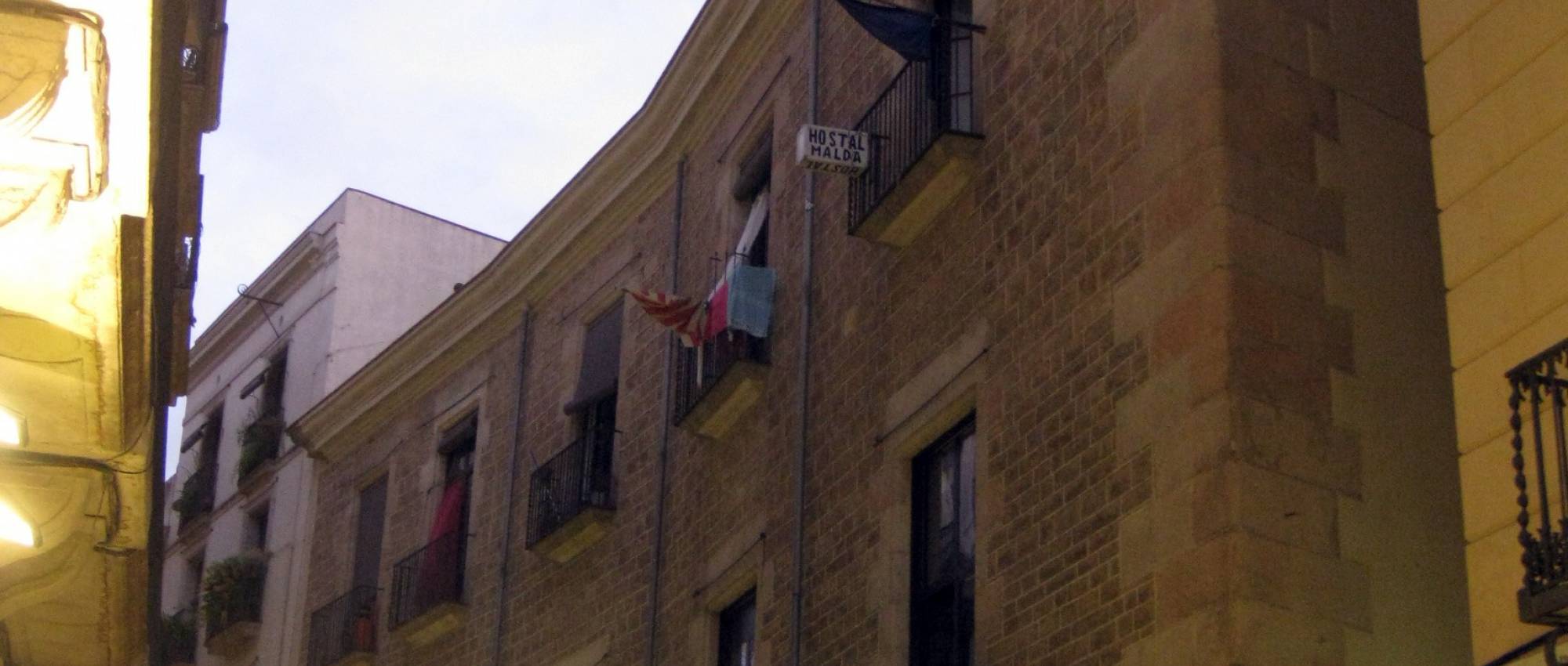Baron of Maldà The aristocratic chronicler
 Palau Maldà. Enfo / Wikimedia Commons. CC BY-SA 3.0
Palau Maldà. Enfo / Wikimedia Commons. CC BY-SA 3.0
Rafael d'Amat i de Cortada (1746-1819), Baron of Maldà, is one of the most significant figures in Catalan culture of the 18th century and the greatest exponent of memoiristic and autobiographical prose of the age. This is because, for 50 years, he wrote a diary in which he described, in detail, everything that was happening around him, the Calaix de sastre (Miscellany), which has become one of the most important historical documents.
The Baron of Maldà belonged to the minor nobility of Barcelona and, as such, he was a deeply religious and conservative man, in addition to being avowedly anti-French. He had no great love of reading and never displayed any great cultural education. Even so, he had a vocation as a chronicler. From 10th July, 1796 until a few days before his death, he filled more than seventy volumes on various topics, from personal facts and facts about his everyday life to social, political and cultural events.
He used a popular and colloquial language, even careless at times. It is significant that it was written in Catalan as, in the 18th century, Spanish was the language of prestige. The reason for this was that the Calaix de sastre was never published at the time, but rather its purpose was to be read at social gatherings with circles of friends and acquaintances.
This extensive diary offers an unprecedented approach to a fledgling journalism and enables one to see at first hand what life was like in 18th century Catalonia and, in particular, Barcelona. At the same time, Calaix de sastre was considered one of the most important examples of Catalan Rococo. In addition to the diary, other manuscripts from the Baron have been preserved, such as L'explicació de la ciutat de Barcelona (An Explanation of the City of Barcelona) and Successos de Barcelona des de lo any 1750 fins al de 1769 (Events in Barcelona from 1750 to 1769).